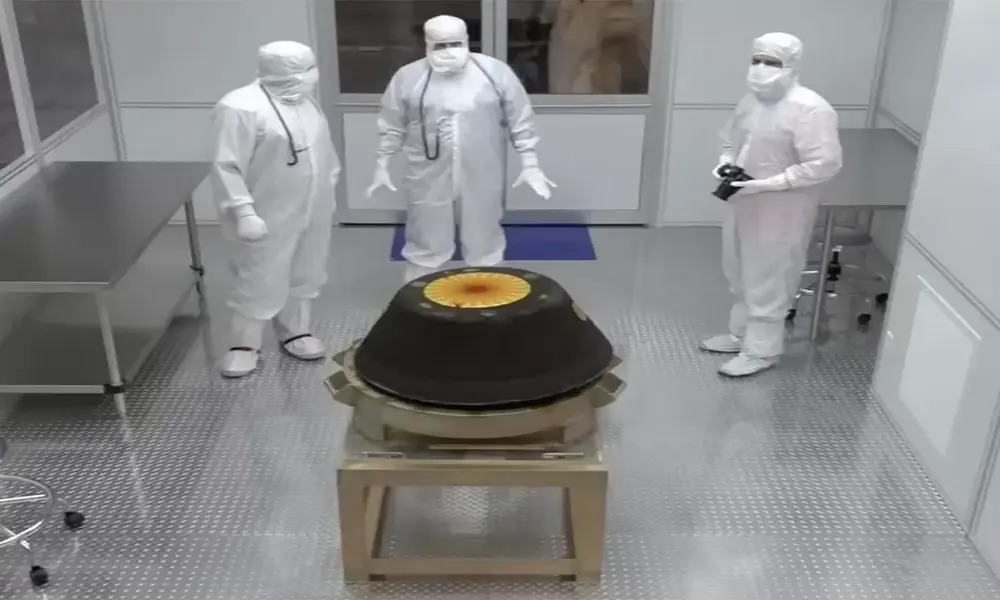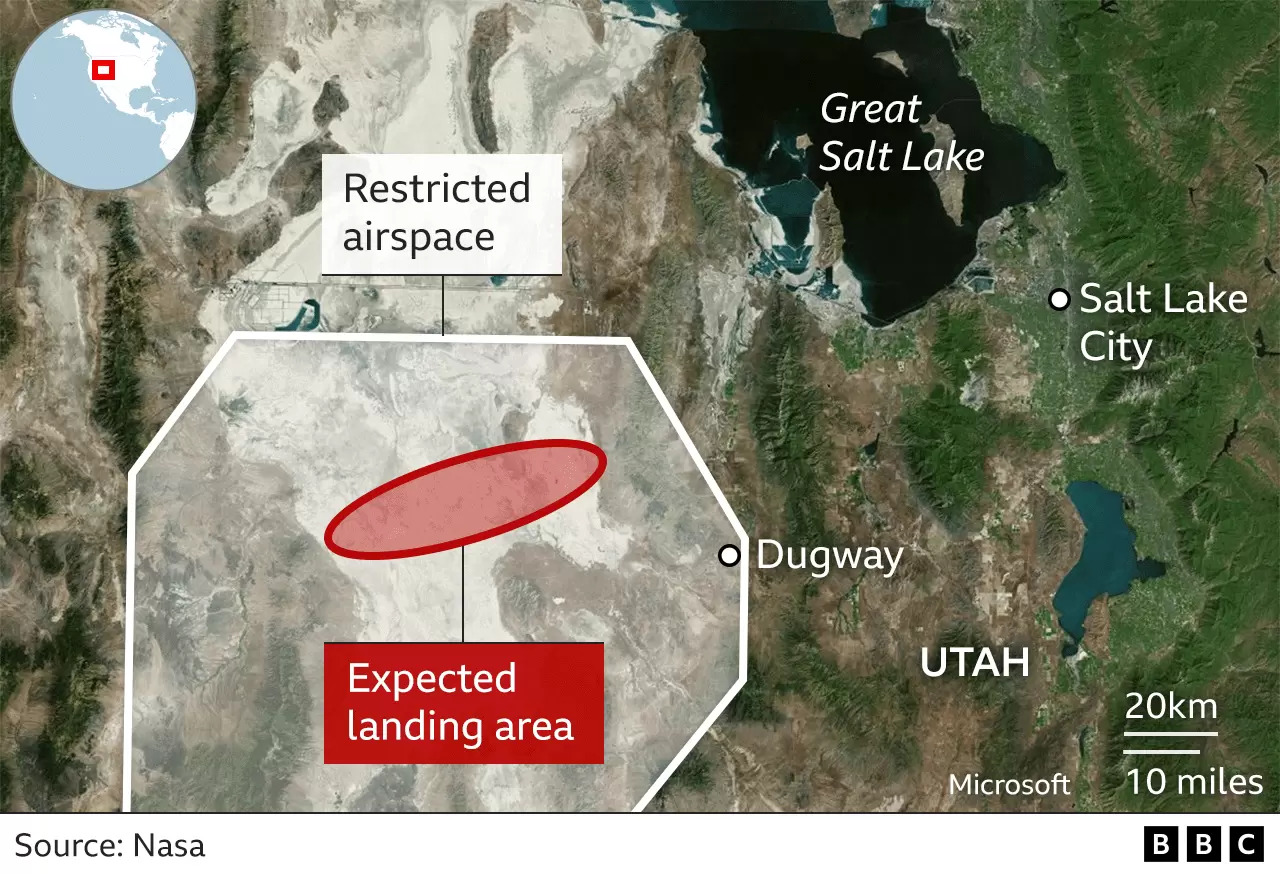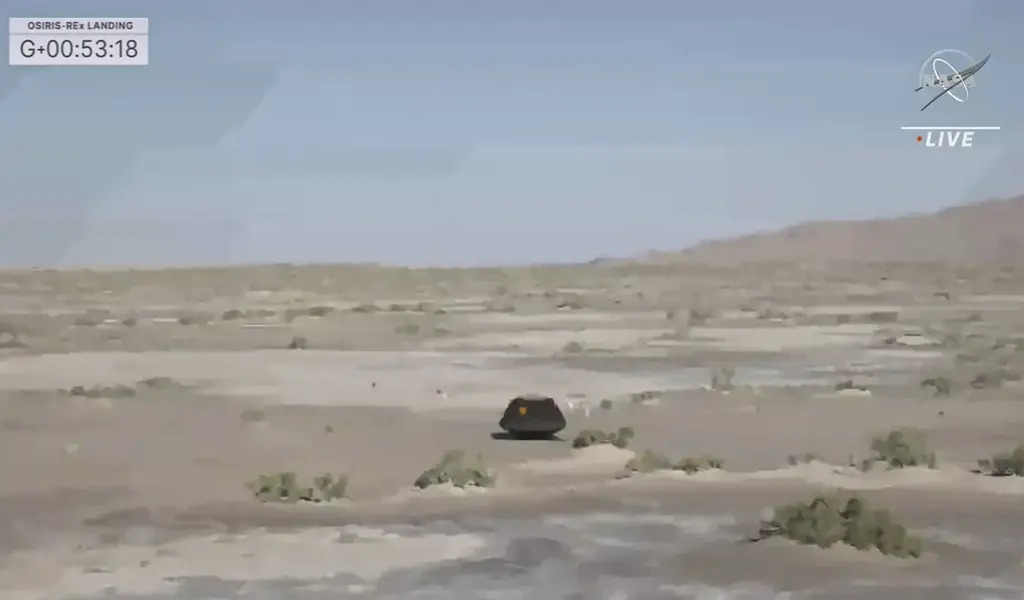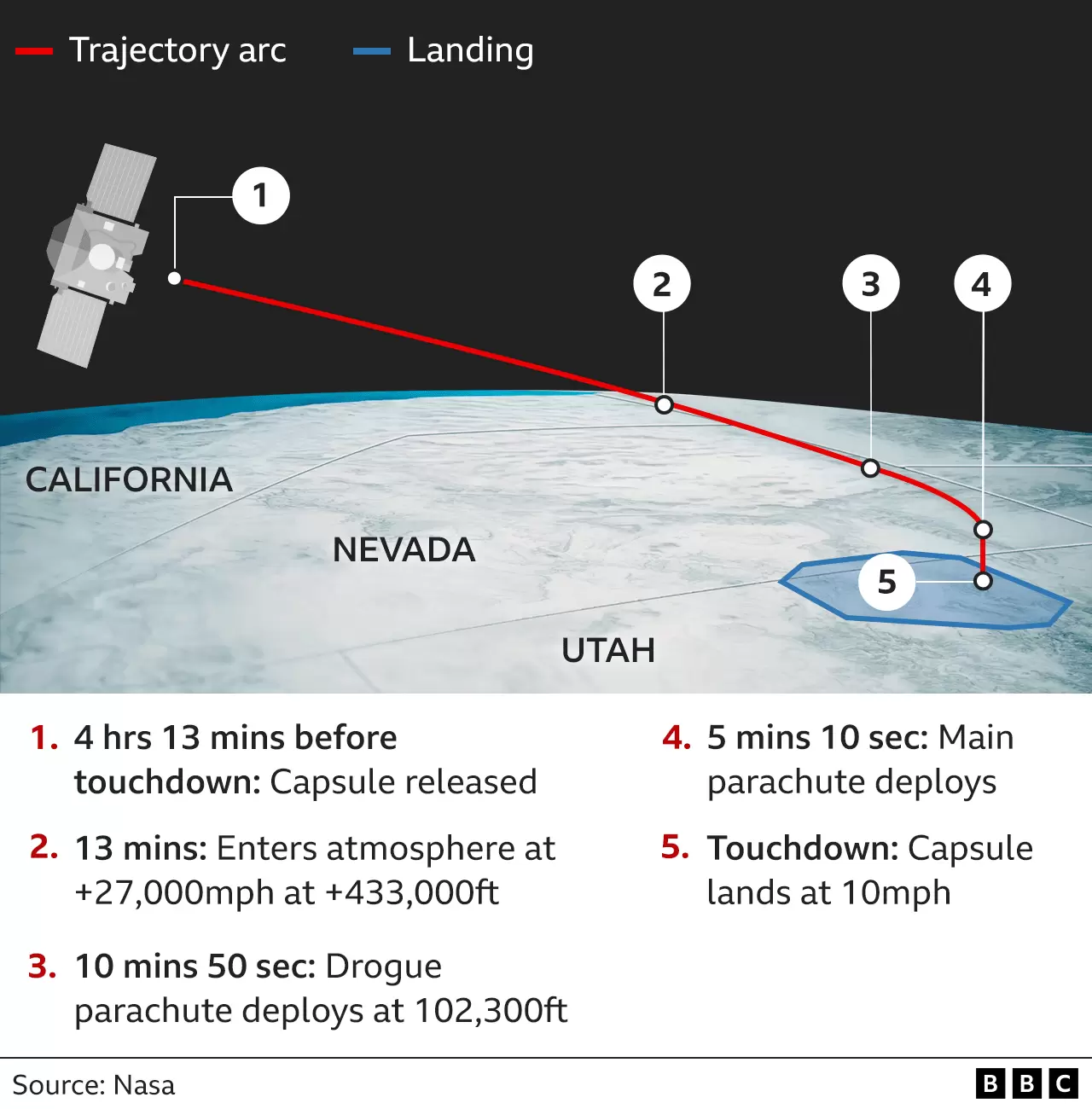Science
Mysteries Of Bennu: Dusty Samples From The Solar System’s Most Dangerous Rock Arrive On Earth
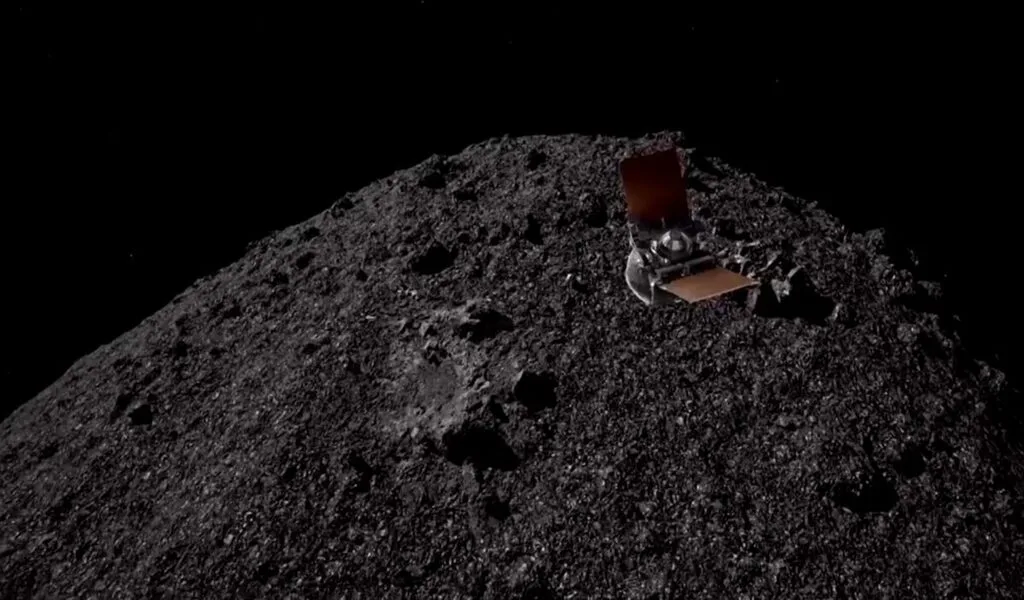
(CTN NEWS) – In a momentous achievement that has left scientists and space enthusiasts alike rejoicing, NASA recently succeeded in bringing back pristine samples from the surface of asteroid Bennu.
This remarkable feat was accomplished by the Osiris-Rex spacecraft, which embarked on its mission to collect these samples in 2020.
The significance of this endeavor cannot be overstated, as the retrieved samples are expected to yield invaluable insights into several critical aspects of our understanding of the universe, including the potential threat posed by Bennu, the formation of the Solar System, and perhaps even the origins of life on Earth.
Bennu’s Extraordinary Story
Asteroid Bennu, often referred to as the “most dangerous known rock in the Solar System,” has captured the attention of scientists and astronomers due to its unique characteristics.
This mountainous object, roughly the size of a car, has been a subject of intense scrutiny for several reasons.
First and foremost, Bennu has been classified as a Near-Earth Object (NEO), which means it has a trajectory that brings it into close proximity to our planet.
While the likelihood of a catastrophic collision with Earth is considered minimal, the fact that such an event is not entirely out of the realm of possibility has prompted NASA’s interest.
Understanding Bennu’s orbital dynamics and composition is crucial for assessing any potential threat it may pose in the next 300 years.
Beyond the potential danger, Bennu offers a tantalizing opportunity to peer back in time. This asteroid is thought to be a relic from the early days of our Solar System, with a history that spans billions of years.
As such, it has the potential to provide a wealth of information about the conditions and processes that led to the formation of celestial bodies within our cosmic neighborhood.
The Return of Osiris-Rex
The triumphant return of Osiris-Rex and its precious cargo was a momentous occasion for NASA and the scientific community at large.
After a meticulous journey through space, the spacecraft’s capsule made its descent to Earth’s surface, ultimately landing in the West Desert of Utah state.
The capsule’s reentry into Earth’s atmosphere was a heart-pounding affair, reaching speeds of more than 12 kilometers per second (27,000 miles per hour).
A carefully designed heat shield and parachutes played a crucial role in slowing the descent, ensuring the safe arrival of the samples.
The moment the Osiris-Rex team caught sight of the capsule on long-range cameras was met with jubilation and relief. The successful recovery mission marked a significant milestone in the quest for scientific discovery and understanding.
The capsule, though seemingly small in size, carried a treasure trove of material that promises to unlock the secrets of our Solar System’s past.
The Science Behind the Samples
The samples retrieved from Bennu are not just ordinary space debris; they are pristine remnants from the distant past. Scientists anticipate that these samples will shed light on a myriad of cosmic mysteries.
One of the most exciting aspects of this mission is the potential to study the atoms that make up the crystals within these rocks. This level of detail allows scientists to explore the very building blocks of our universe.
Professor Dante Lauretta, the principal investigator of Osiris-Rex, emphasized the significance of these materials, noting that, “When you’re working at that scale, a single stone is an infinite landscape to explore.
We’ll be working on these materials for decades and decades into the future.” This long-term commitment to studying the samples underscores their immense value to our understanding of the cosmos.
The Importance of Cleanliness
Maintaining the pristine nature of the samples is of paramount importance. The materials collected from Bennu are expected to contain carbon compounds that may have played a role in the formation of life on Earth.
To prevent contamination and ensure the integrity of these precious samples, strict cleanliness protocols were adhered to throughout the recovery process.
Cleanliness was rigorously maintained as recovery teams quickly transported the capsule to a temporary clean room at the Dugway army base. This controlled environment, shielded from Earth’s atmosphere, minimizes the risk of contamination.
Inside this pristine setting, the capsule will be disassembled, with its heat shield and back cover removed while keeping the sample secure within an inner canister.
The Scientific Expectations
What can we expect to learn from these dusty remnants of the Solar System’s past? Dr. Ashley King, a UK scientist who will be part of the initial assessment team, shared his insights.
He anticipates that the samples will consist of rocky material with a soft and fragile texture. These materials are expected to contain clay minerals, which are silicate minerals known to harbor water within their structure.
Additionally, carbon-rich components are expected, including carbonate minerals, chondrules, and calcium-aluminum inclusions—some of the earliest solid materials to form in our Solar System.
NASA has planned a press conference for October 11th to provide the first insights into what has been returned from Bennu.
Small specimens will be distributed to research teams around the world, with the hope of reporting findings across a wide range of studies within two years. However, the mission’s legacy extends far beyond this immediate timeframe.
Lori Glaze, NASA’s director of planetary science, emphasized the enduring significance of the mission, stating,
“One of the most important parts of a sample-return mission is we take 75% of that sample and we’re going to lock it away for future generations, for people who haven’t even been born yet to work in laboratories that don’t exist today, using instrumentation we haven’t even thought of yet.”
The potential for future generations to uncover even more profound revelations about our cosmic origins underscores the lasting impact of this extraordinary mission.
Conclusion
The return of samples from asteroid Bennu represents a triumph of human ingenuity and scientific exploration.
These dusty remnants of the “most dangerous known rock in the Solar System” have the potential to unlock the mysteries of our cosmic origins, help us understand the threats posed by celestial neighbors, and offer insights into the origins of life on Earth.
The meticulous planning, execution, and commitment to maintaining the samples’ pristine nature exemplify the dedication of scientists and researchers to expanding our understanding of the universe.
As we eagerly await the revelations that will emerge from the study of these samples, we can marvel at the remarkable journey that brought them safely back to our planet, ensuring that the quest for knowledge continues to reach new frontiers.
RELATED CTN NEWS:
Super Blue Moon Set To Enchant Sky Gazers On August 31 – Where To Watch It?
Saturn’s Ethereal Presence: James Webb Space Telescope Captures Enchanting Image
What is Cryptography? – How algorithms keep data private and secure

